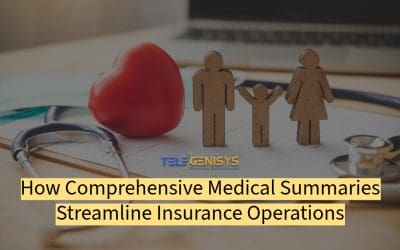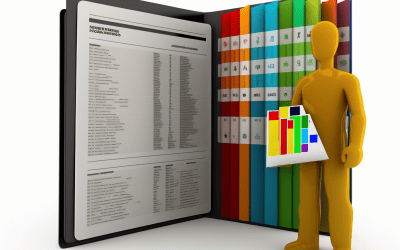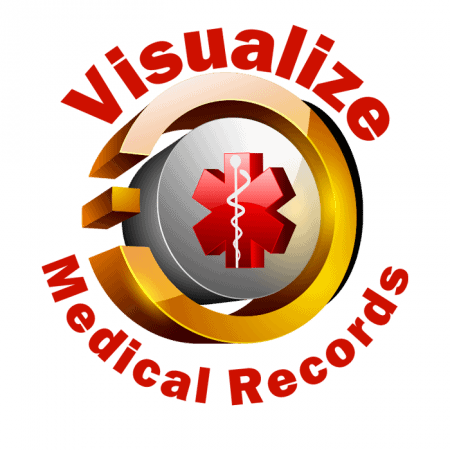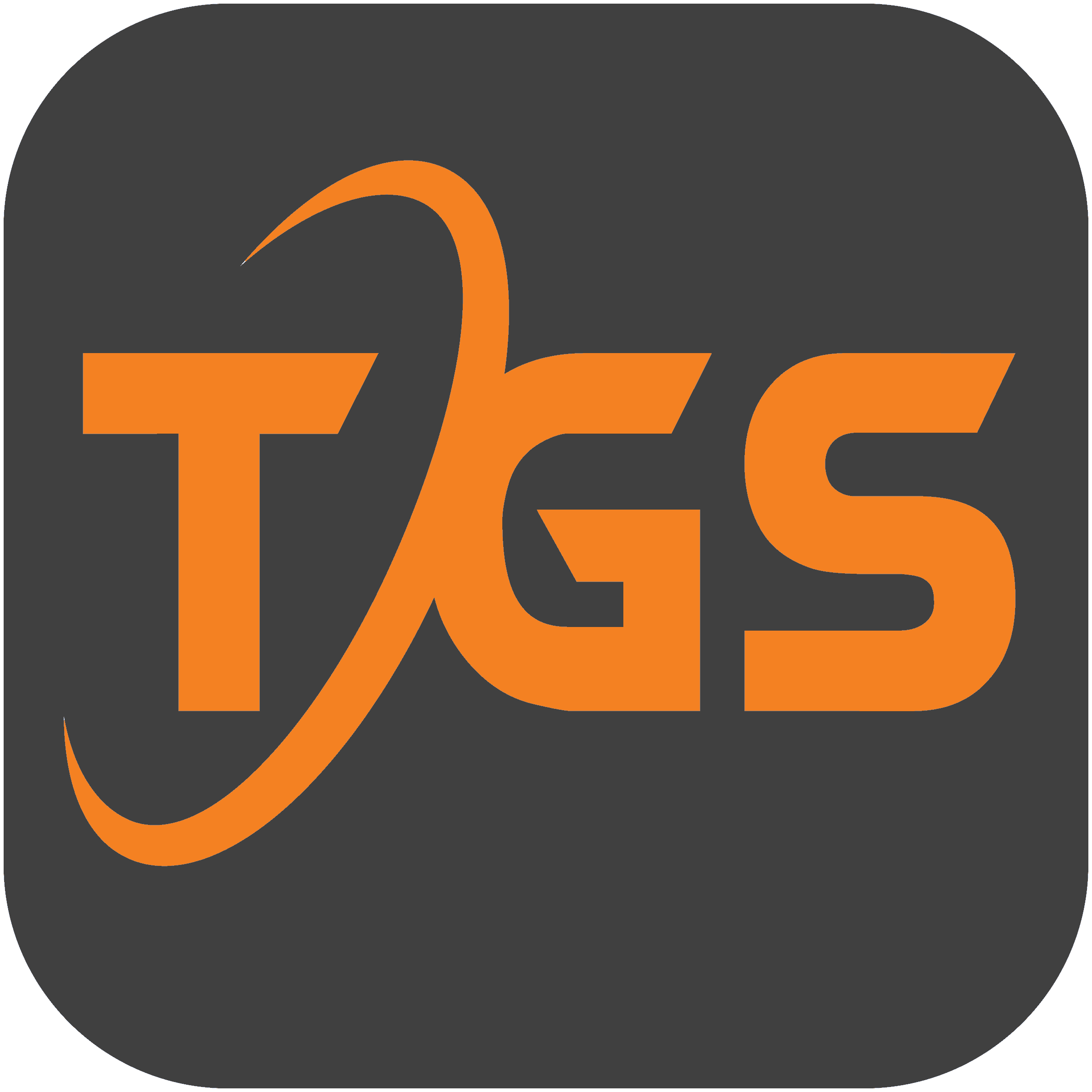blog
Medical summary blogs
Crafting Clarity: How to Write a Medical Summary for Your Motor Vehicle Accident Claim (and Win Big)
In the aftermath of a motor vehicle accident, the physical and emotional toll can be immense. But amidst the chaos, navigating the legal landscape can feel equally daunting. Enter the medical summary: your key to clearly communicating the impact of your injuries on...
How Comprehensive Medical Summaries Streamline Insurance Operations
Every decision counts in the fast-paced and ever-changing landscape of the insurance industry. That's why medical summaries are a critical tool for insurers. These concise yet comprehensive documents offer a snapshot of a person's health, providing the foundation for...
Unlocking Legal Success: The Power of Medical Summaries in Personal Injury Cases
The undeniable significance of medical summaries in personal injury cases In the intricate world of personal injury law, every piece of evidence plays a pivotal role. Among these, medical summaries stand out as a beacon of clarity, shedding light on the medical...
Unlocking the Power of Medical Chronologies and Summaries: A Game-Changer for Personal Injury Cases
In the world of personal injury law, the ability to build a compelling case hinges on the mastery of medical records. However, the sheer volume of data and the complexity of medical terminology can be daunting obstacles for even the most seasoned attorney. Enter the...
Importance of indexing medical records by category
Medical records are written by medical practitioners for healthcare purposes. To take full use of this detailed record of procedures and health status for other purposes such as legal, insurance, or research requires detailed cross references to examine data in a...
10 Unique ways we make better medical summaries
Our scientific approach to medical record data summarization, supports every assertion we include in our medical summaries with multiple levels of references. Our summaries are provided to our customers in one unified PDF file which includes: The overview page or Page...
















